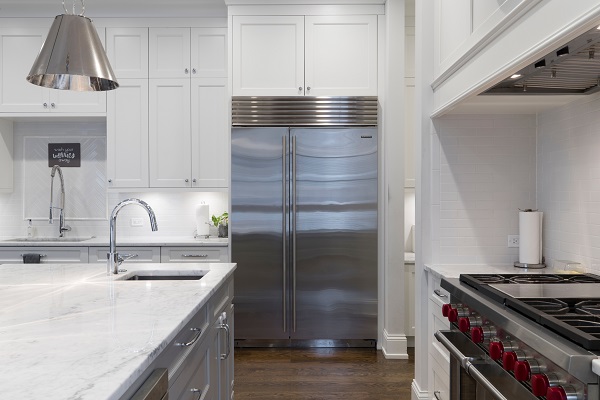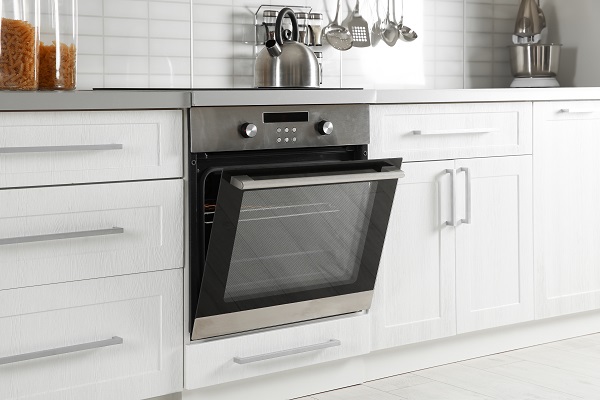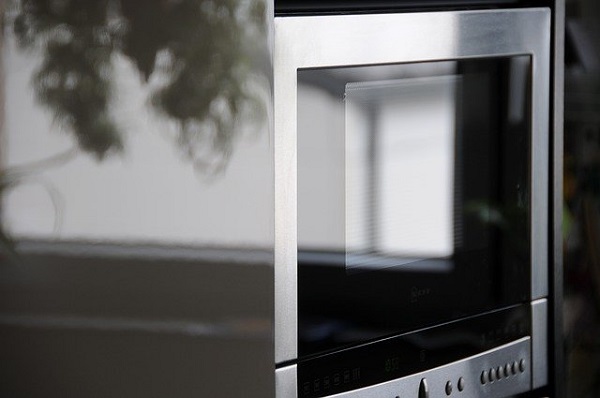Ultimate Guide To Kitchen Appliances: What to Buy and What to Look For
Whether relocating or just upgrading, choosing a new appliance can be stressful. Most people use almost every appliance in their kitchen every day, and when even one of them fails, it can completely ruin your day. When your fridge or freezer fails, food can quickly spoil and go to waste, adding to the cost of replacing your appliance.
How do you avoid the inconvenience and expense of a busted appliance? Well, you should always buy quality appliances that offer improved warranties and reliable reputations. Another way is to consider appliance insurance, which makes replacing an appliance a quick and easy fix.
To guide you through the process of finding the best kitchen appliances, we’ve assembled a quick list of necessary appliances and the important things to look for when you’re searching for your next appliance.
Refrigerator, freezer, oven and hob, and microwave
These are the heavy-hitters in every kitchen: the place to store your food, and the places to cook it. Don’t skimp on quality, and pay attention to sizing. Putting a laboriously-prepared turkey in the oven, only to find out that your oven isn’t large enough to accommodate your extensive meal is a good way to absolutely ruin your holiday. And few things are worse than unpacking a new appliance only to discover that it doesn’t actually fit in your kitchen. And of course, anytime a fridge fails, it’s likely to result in rotten food.
Refrigerator
Refrigerators (often a common fridge/freezer combo) are probably one of the most ubiquitous kitchen appliances. They come in a bewildering number of shapes, sizes, and styles, from dorm-room mini-fridges to elegant built-ins. Which one is right for you? And how do you choose the best quality? Here are a few simple steps to guide the process.
Determine your available space.
Your refrigerator is almost always the largest appliance in your kitchen, so it’s worth knowing how much space you have to work with. Height may not be an issue if you have a large kitchen but measure carefully if you want to fit the fridge under existing shelves or cupboards.
The width of your fridge is especially important; get one that’s too wide, and you might find that other appliances don’t fit. Ditto with the depth of the fridge - you don’t want the unit protruding into the room and creating a mini obstacle course in your kitchen!
At the same time, the bigger the fridge, the more storage space you’ll have. If space is at a premium, you have a couple of options. Consider a mini-fridge, the staple of university residences around the world, which are often only half the height of a full-size fridge. If you have extra space, but the kitchen itself is too small, consider a separate freezer. Chest freezers provide lots of extra storage and are often found in a room other than the kitchen, freeing you up to purchase a refrigerator that’s less than full-size but still has adequate room.
Pick a style.
Side-by-side? French-style? American style? Top freezer? Bottom freezer? Each fridge-freezer combo style has different advantages and a corresponding price range. Built-ins are often the most expensive because they give your kitchen a seamless aesthetic, but they often have less storage capacity than other styles. Do your research, and know which style fits your budget and your available space.
Look for features and options.
Some fridge/freezer combos require a hookup to your water line, but can in turn provide filtered water and ice-making. Adjustable shelves are a must. Look for extra drawers and organizers if that’s your preference.

Chest freezer
Detached freezer units come in one of two basic shapes: an upright freezer similar to a refrigerator, and the more common chest freezers. Low and horizontal, chest freezers are often found in laundry rooms or even in a garage, where their wide, deep size is less of an issue.
As with refrigerators, the style you choose is based on a number of factors.
Size
Chest freezers typically have significantly more cubic storage space than upright models. They open from the top, allowing you to stack items on the floor of the freezer and build-up towards the top. They can also accommodate larger items than you might typically be able to fit in an upright.
Uprights work well in large kitchens, where the dedicated freezer space is helpful but adding an extra upright appliance isn’t an issue. For consumers on a space budget, there are smaller chest freezers available, providing a bit of freezer-only space without the height of an upright model.
Accessibility and extra features
Being able to stack frozen pizzas 10-deep in your chest freezer is a great idea - until you need the one on the bottom. Chest freezers are a bit less accessible than upright models, which is why they are best used for storing larger frozen goods. For smaller items, look for a chest freezer with sliding baskets on the top.
Cleaning is a big concern with all freezers. Every time you open the door or lid to your freezer, moist air enters, condenses, and turns to ice. As time passes, that ice can completely overtake your freezer. Chest freezers take advantage of the fact that cold air sinks, meaning that opening the lid is a bit more efficient than opening a door on an upright model. Regardless, look for models that offer built-in de-icing features, making your semi-annual defrosting day a lot less of a hassle.
Oven and Hob
If you thought there were too many options for refrigerators and freezers, just wait until you need to buy a new oven. Double or single? With a hob, or without? Convection? And of course - electric or gas?
Navigate the numerous choices by following a simple checklist, starting with:
Do you need gas or electricity?
Check the location where your new oven will go. Does it have access to a gas line? If it does, you have the option of choosing a gas-burning stove (you’ll still need electricity also to keep the lights on, etc.). If not, you’ll need to stick with an electric oven. There are pros and cons to both kinds of ovens, but the biggest thing is to avoid buying the wrong kind of oven for your kitchen.
Hob, or wall oven?
You might automatically associate ovens with the floor; the old image of bending over a hot oven to peer inside comes to mind. But if you’re purchasing the oven and hob as separate units, you could mount the oven anywhere. It could be at chest height, allowing you much better access. In that case, you’ll want a separate hob or range, so you will add to the total number of appliances.
Double or single?
Single ovens are your traditional, one-door-only models. You’ll have a couple of adjustable racks and one or two heating elements, depending on the model. Double ovens are two individual ovens side-by-side. Often one will be smaller than the other, allowing you to prepare a main and a side dish simultaneously.
Self-cleaning?
Self-cleaning options cost a bit more than normal ovens, but those costs might be offset by better insulation and more efficient heating. And of course by the fact that you don’t have to do nearly as much work to keep it clean! On the other hand, if you need an oven on a budget, opting out of the self-cleaning models can save you some cash.

Microwave
The smallest of the “big” appliances is probably often the most-used. Microwaves are such an integral part of modern life that we rarely think of them until they break down. Look for these features in your next microwave:
- Capacity
If you only use it to reheat your coffee, you probably don’t need a huge industrial-sized microwave. On the other hand, if you prefer to microwave entire casseroles for 30 minutes rather than cook them in the oven for an hour, you’ll want something with a lot of internal capacity and durability.
Size
Capacity and size aren’t always as closely related as they appear. The bigger the microwave, the more it can hold, but always double-check the dimensions. You might be surprised to find that a smaller microwave still holds nearly the same amount as a larger model.
Ease of Use
The latest microwaves can be pro-programmed and come loaded with cooking presets and advanced timers. If you rely on your microwave for much of your cooking, it can be worth finding a microwave with more options. On the other hand, some microwaves run perfectly fine with just a couple of buttons.
Location
If you have a kitchen with space for a microwave over the hob or under some cabinets, pay special attention to sizing. You’ll probably find far fewer options, but at least it will simplify your choices!

No matter what appliance you need, you’re sure to find plenty of options to keep you happy. You can choose retro-styled microwaves and refrigerators or sleek, WiFi-equipped appliances than you can program from miles away. Choose carefully, double-check your measurements, and make sure you’ve got insurance to protect your new appliances.
*The information in this blog is designed to provide helpful information on the subjects discussed. Please seek a professional for expert advice as we can not be held responsible for any damages or negative consequences upon following this information.